Having decided to skip Troy/Gallipoli and head straight to Istanbul to round off our Turkish chapter, we lost no time in boarding a daytime bus from Selcuk (enroute from Didyma) heading north to Turkey's premier destination. It was dark by the time we crossed Bursa and reached the Sea of Marmara. Istanbul lay just a short distance across the sea but the land route would take us significantly eastward before bending back westward. We were surprised when the bus left the freeway and entered a ferry dock and queued up behind other vehicles. Within minutes, we were onboard a massive ferry carrying all manner of vehicles - private cars, buses and trucks - tightly parked for optimum use of space on the deck. We could even get out of the bus and make our way through the parked vehicles to the upper deck to enjoy a bit of a stretch and the nighttime lights on both shores before the chilly winds shooed us back indoors. The 15km stretch was completed in a half hour and soon the bus was rolling along on the freeway north of the sea, heading westward to Istanbul.
We crossed into Europe on the upper bridge on the Bosphorus. We were intrigued by this as the bus station was well south of the lower bridge and this was late in the evening on a Sunday. Istanbul's bus station was not as impressive as Ankara's and it appeared as if it was in need of a major extension and renovation. The bus had to negotiate through long tracks of underground passageways before emerging onto the arrival level and fit tightly into an obscure parking spot. The servis from the bus station dropped us off at Aksaray station which was a full five tram stops from our Sultanahmet destination. One cannot just buy tickets on Istanbul's integrated (bus, subway and tram) transport system. One needed an Istanbul Card which one can keep recharging repeatedly. After some inquiries, we found a shopkeeper who could sell us one with enough charge for a few trips.
As we stepped off the tram and on to the pavement at the Sultanahment tram stop, we were just a few short steps from where racing chariots would have taken a sharp turn around the bend two thousand years ago. The track would have been lined with statues of famous horses and chariot drivers and the entire area would have been decorated with monuments, obelisks and statues of emperors, gods and heroes. The walk from the tram stop to our hotel involved first crossing the Hippodrome, the center of Byzantium's life for a 1000 years and of Ottoman life for another 400, and then cutting through a park that was bordered by the famous Aya Sofia on one side and the beautifully illuminated Blue Mosque on the other. Despite the failing light and steady drizzle, there was a spring in our step as we spanned the short distance to our hotel!
It is easy to think of the Sultanahment area as an open-air museum. All around are relics of both the Byzantine and the Ottoman empire. This is where the emperors and sultans built their palaces, major public buildings and grand places of worship.
Like heat-sensing missiles, we headed directly to Aya Sofia next morning. We can confidently assert that everything that you have read about the grandeur of the architecture is true. Stepping under the enormous dome that bears the weight of two millennia of history, you cannot but be in awe. Completed in 537 AD by Emperor Justinian, it reigned as the greatest church in Christendom for a thousand years. It was within these walls that the Byzantine emperors were formally crowned and the practice continued until the conquest of Constantinople in 1453 by Mehmet the Conqueror who claimed the church for Islam and converted it into a mosque.
A balcony on the upper level wraps around the central area and allows one to appreciate the enormity of the open space even better. You can get a closer look at the remnants of the mosaics that have been uncovered and restored over several years. Also on the upper floor lies the tomb of Enrico Dandolo, the Venetian doge who came here during the Fourth Crusade, sacked the city, (sent most of the spoils back to Venice including the Horses of St. Mark) and eventually died here in 1205.
During the Ottoman period the gleaming golden mosaics were plastered over, a minbar (pulpit) and mihrab (prayer niche indicating direction of Mecca) were added. Also an elevated kiosk screened from public view was added so the Sultan could come, pray and leave without being seen by the general public. Gigantic medallions inscribed with gilt Arabic letters were added in the 19th century and impressive as they are in their own right, they seem a bit out of place.
But awesome as the physical structure might be, the foresightful decision in 1934 by Ataturk to have it deconsecrated as a mosque and have it converted into a museum is even more awesome. Thanks to him, Aya Sofya can now be seen and enjoyed by all in a secular context without making special allowances for religious considerations. Also with the plaster peeled off the remaining mosaics, we get some idea of how it would have looked originally when golden mosaics covered the domes and walls completely.
There was a light drizzle as we exited and made our way across to the nearby Sultan Ahment Mosque, popularly referred to as the Blue Mosque. It was built in the 17th century by Sultan Ahmet I, who set out to build a monument that would rival Aya Sofya in grandeur and beauty. With its array of curvy domes and semi-domes all rising in tandem towards a large central dome, the visual effect of the exterior is certainly stunning. The fact that it has six minarets rather than the usual four is of some significance since the only other mosque with six is the one in Mecca.
The devout enter through the front where there is a large courtyard and an ablutions fountain. As a tourist you have to wait for a suitable slot between prayer times and enter through a side door carrying your footwear in the plastic bags provided. Inside, beautiful stained-glass windows that allow for light to filter in immediately grab your attention. Domes, semi-domes and walls have either been painted in graceful arabesque style or decorated with pretty patterns made with blue Iznik tiles. Low hanging chandeliers with hundreds of lightbulbs illuminate the interior. The overall effect, while grand, is a distant second to its inspiration. Though built over a 1000 years after Aya Sofya, the interior space is much smaller and four massive elephant's feet pillars hold up the less ambitious dome.
The light drizzle had turned into a steady downpour by the time we came out of the Blue Mosque. A street vendor making hot potato and spinach gozlemes (pancakes) on a griddle was doing roaring business among tourists and we grabbed a couple for lunch. We weren't heading very far, literally just to the backyard of the Blue Mosque, but the access required us to go around a partially covered arcade. Segments of stunning mosaic pavement dating back from early Byzantine times and believed to be part of the Great Byzantine Palace (that was originally located where the Blue Mosque stands now) was uncovered by archeologists in the mid 1950s and are now protected as part of a museum. While only 250 sq mts have been unearthed, the entire pavement is expected to be over 3000 sq mts in area. But the rest remains buried under the Blue Mosque and surrounding shops and hotels and is unlikely to ever see the light of day. Among what has been restored are intricate hunting and mythologic scenes, some of which have retained their vivid colors. The museum also has informative panels documenting the floor's rescue and renovation.
Another cavernous structure that fulfilled a more mundane function is the extraordinary subterranean cistern. Referred to as the Basilica cistern, it was built in 532 AD by Justinian and was used to store water for the Great Palace and the surrounding buildings. It was constructed using columns and materials from older ruined buildings, so it has some interesting details like columns supported by blocks carved into Medusa heads and others that have attractive teardrop designs. Supported by 336 columns, it is the largest surviving Byzantine cistern in Istanbul and walking through it gives you an appreciation for the cistern's symmetry and sheer grandeur of conception. To visit the cistern today, you access it through a series of steps descending down on one side of the street and exit it from another series of steps on the other side with no visible evidence of its existence at street level!
Most of the monuments at the Hippodrome were either destroyed or carted away, notably the famous quadriga or set of four horses cast in bronze that is now atop St Mark in Venice. Among the few monuments remaining is the impressive Obelisk of Theodosius which was carved in Egypt in 1450 BC and was erected in Heliopolis (near Cario) to commemorate the victories of Thutmose III. The Byzantine emperor, Theodosius, had it brought from Egypt to Constantinople in AD 390 and had it erected on a marble pedestal engraved with scenes of himself involved in various imperial pastimes. While the the more recent marble base has weathered badly over the centuries, the granite obelisk itself is as crisply cut and shiny as when it was carved in Upper Egypt some 3500 years ago!
Walking through the old city seemed like a walk through time. With more than a superficial interest in the history of world civilizations, years of watching documentaries and reading about the Byzantine and Ottoman empires had already fed the imagination and created an expectation of what we would see. But while one can process historical information by reading about it, there is nothing like visiting the actual places to bring those images to life and feel the flow of history. And this is certainly true of Istanbul where relics of history stretching back more than two millennia lie at or just under your feet! We were just getting started with this wonderful city and loving it already.
Google Maps Link
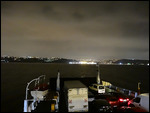
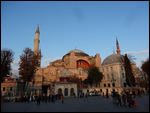
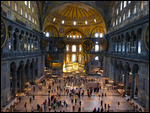

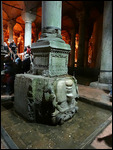


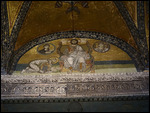



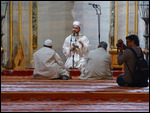
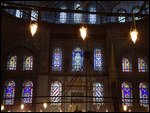
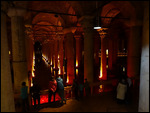
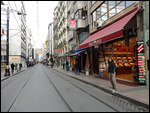
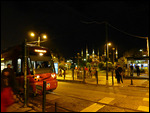
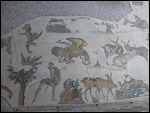
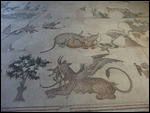


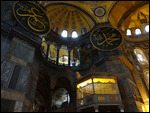


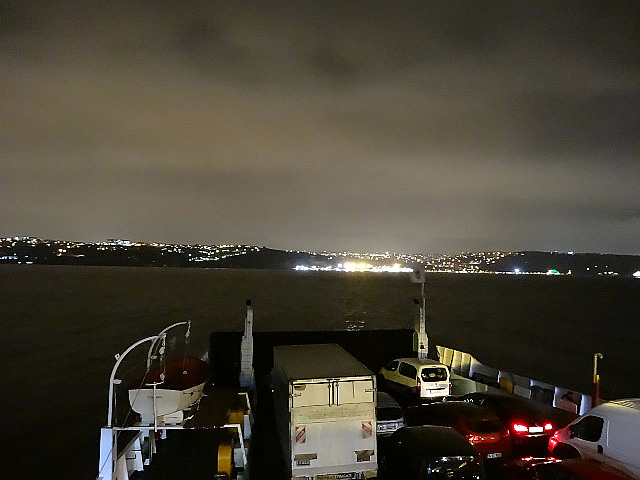
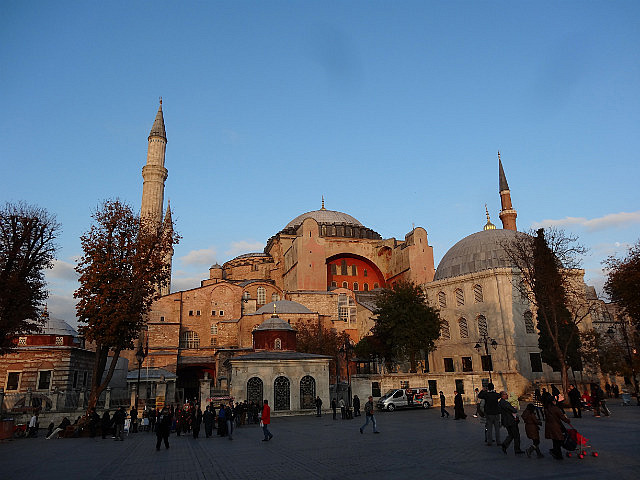
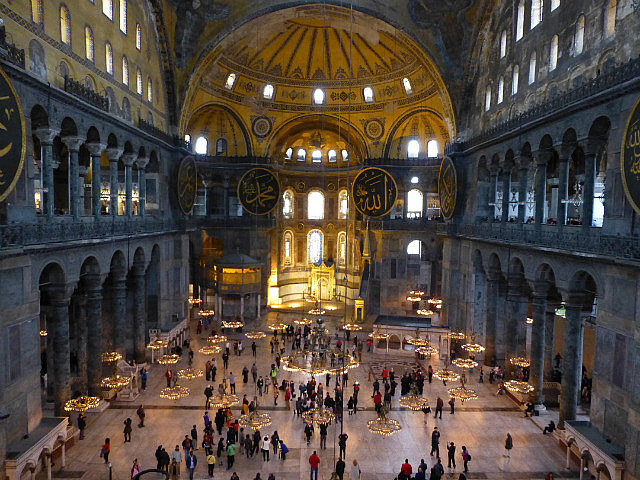

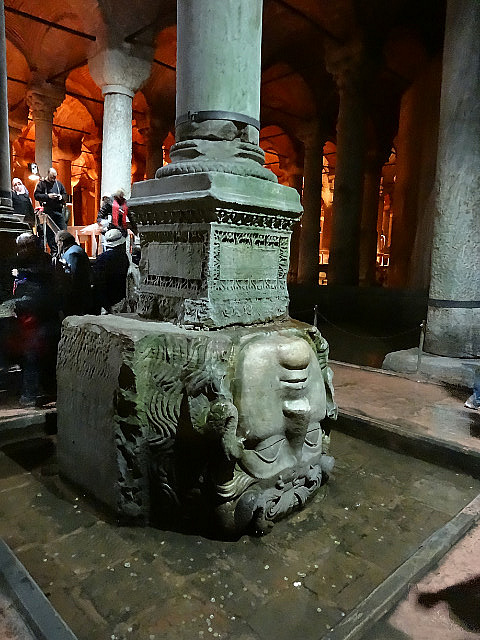



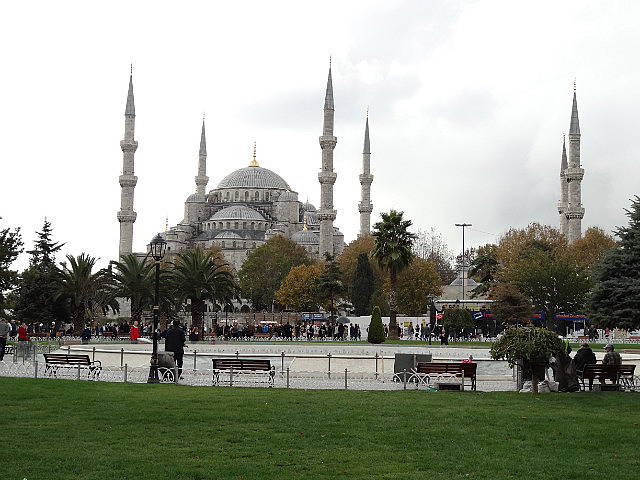
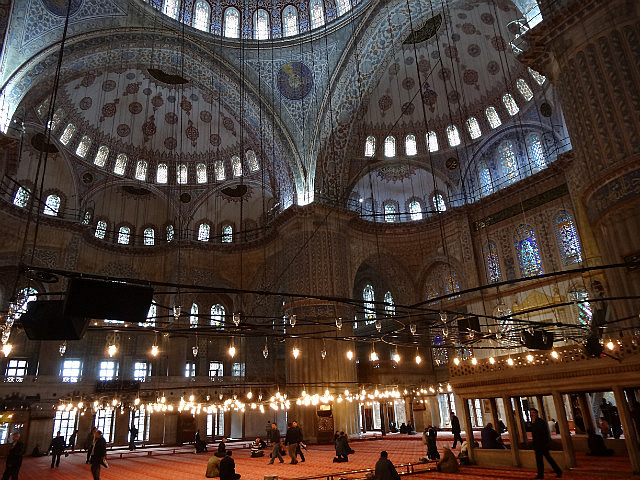

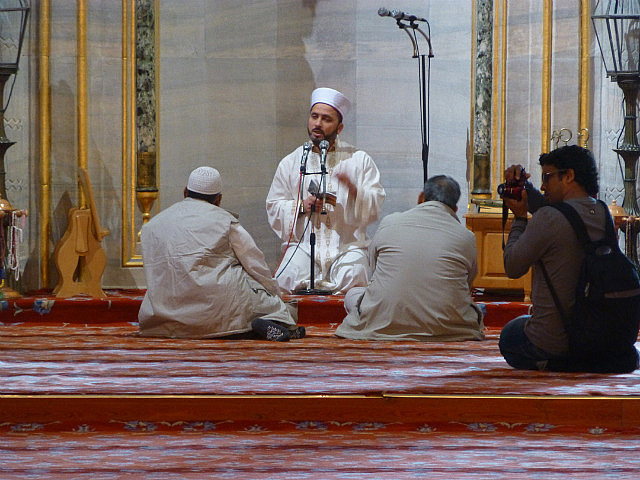
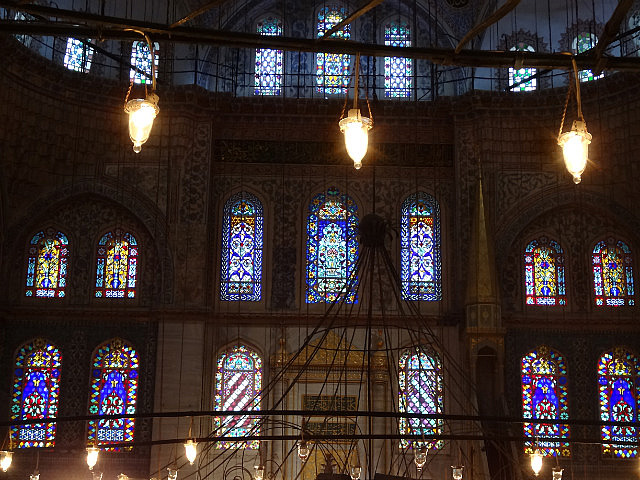

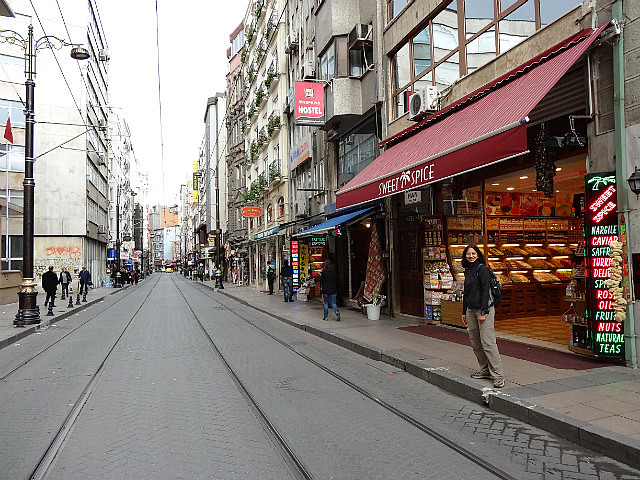


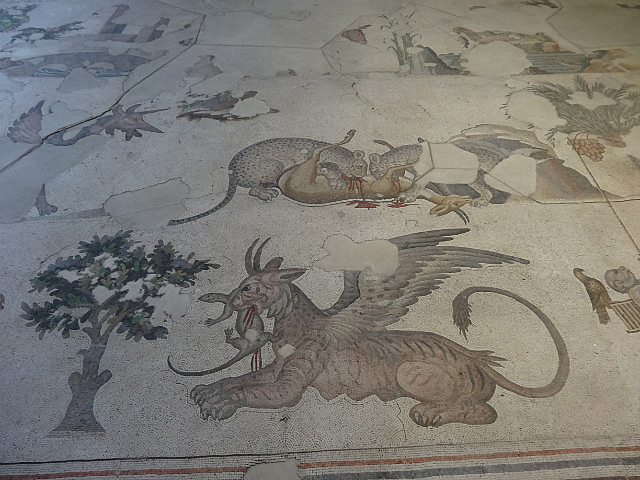
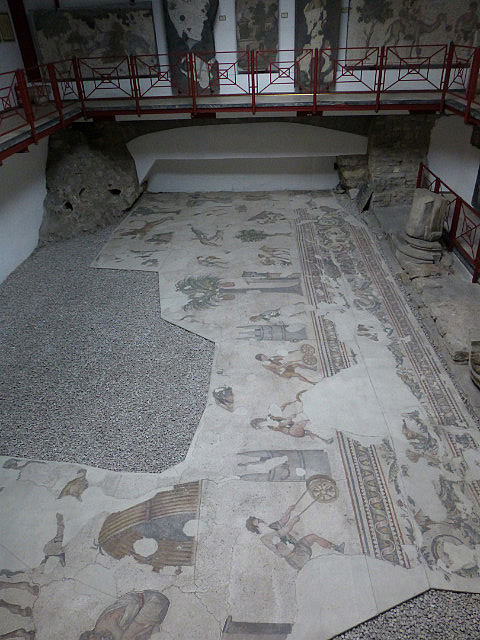

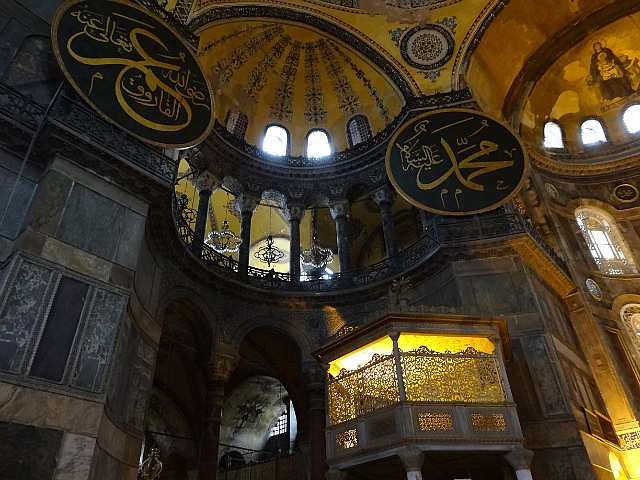
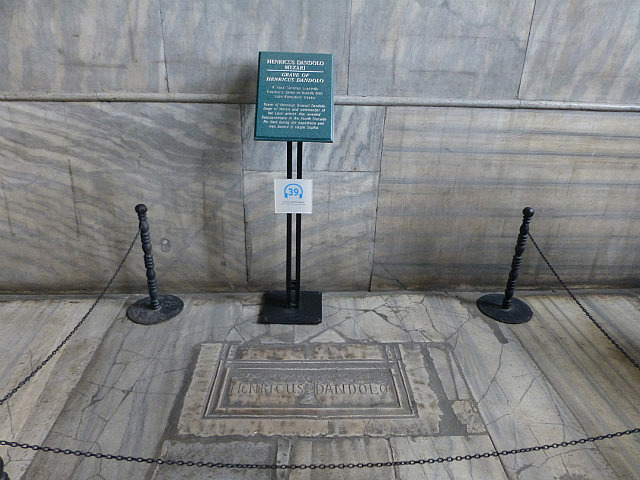
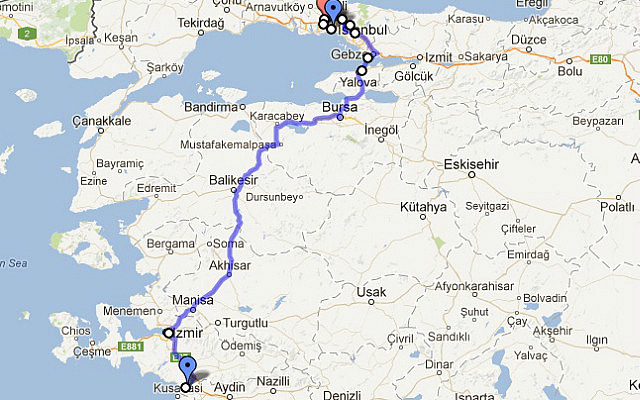
Comments